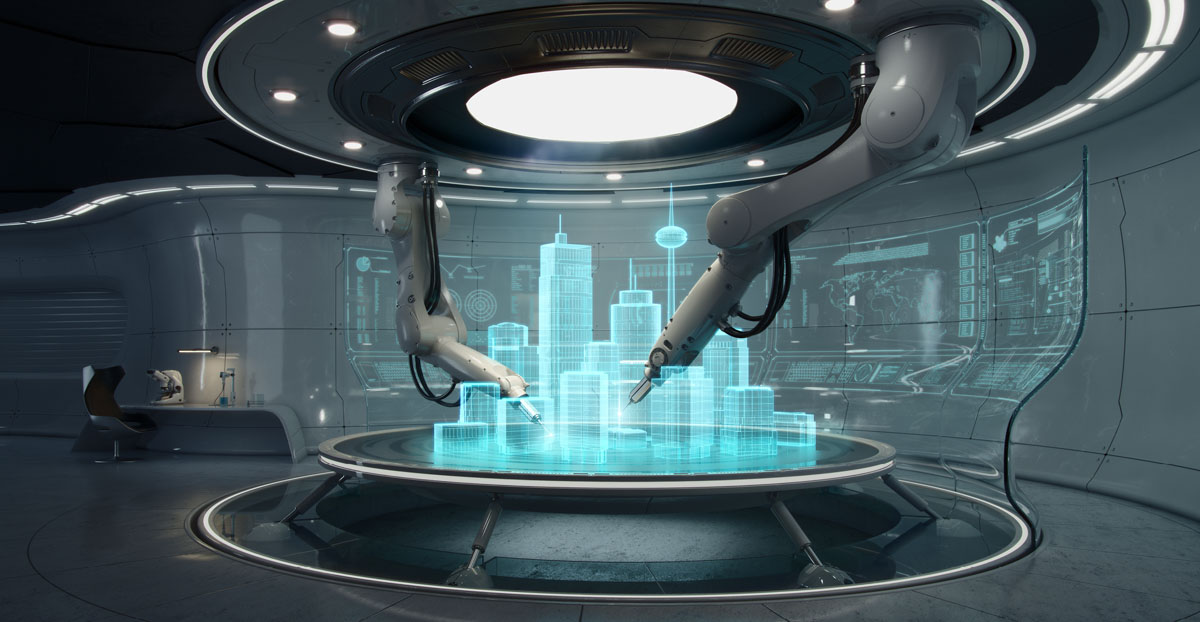
The single biggest factor in determining the fate of your city’s digital future is its technological infrastructure. Because we live in an internet-based, digital age, if your city wants to be at the forefront of progress, economic development, growth, and relevance – it must invest wisely.
The right kind of infrastructure – high-speed fiber and wireless broadband – is essential. By comparison, the strength of a building lies in its foundation. A poorly constructed foundation can’t be counted on to support the load of the entire structure. Likewise, your city’s broadband infrastructure must be a rock-solid foundation so it, too, can provide the critical platform to deliver enhanced services, innovate and enable a smart city.
Those cities that have invested in a broadband infrastructure view it as an asset, just as valuable to their community as its other public infrastructure – water, streets, sewer lines, or gas/electric utilities.
Today, incumbent carriers aren’t upgrading networks or extending broadband services fast enough for unserved or underserved smaller and rural communities. As a result, many communities are left to lease aged, copper-based networks. Unfortunately, these communities’ economic fates become dependent, in part, upon the incumbent carriers’ network modernization timetables. By not being able to take control over their destinies, many cities adopt a wait-and-see approach which puts them at a big disadvantage to other, more proactive cities. It puts the city and its residents behind the technology curve and forces them to play the catch-up game.
Modern cities require modern infrastructure. In order for your city to solidify itself as economically viable, competitive, and a desirable place to live, you must undergo a digital transformation. Doing so is the catalyst for a fundamental reshaping of your city’s digital future. With a modern broadband foundation, you will have the primary building blocks for cloud infrastructure, sensors, smart services and applications. All of which give your municipality an edge as you evolve toward a smart city – a smart infrastructure with the connected connectivity, data, artificial intelligence (AI) and the enhanced capability to solve pressing civic issues.
The Drawbacks of an Outdated City Communications Infrastructure
Being deprived access to the most up-to-date technology can make your city feel old-fashioned and pose an inconvenience to your residents, anchor institutions, and businesses. A leased, copper-based network can be rife with challenges, including limited bandwidth capacity, a lack of intelligence to inform, and interoperability complexities when rolling out smart city technologies. Not to mention that copper can carry far less data at far slower speeds than fiber – which means many of the cloud- or Internet-based technologies associated with smart infrastructure cannot effectively be operated or hosted.
Bottom-line, an outdated infrastructure is a limiting factor. For example, it can be a deterrent for attracting outside business investments, tourism, people migration, and job growth.
How can a City Leverage Smart Applications?
Connected applications offer your city numerous possibilities to take advantage of a smart infrastructure. Your city personnel can use the data you’ve collected from connected infrastructure to make informed decisions about what makes your city run best – and this is what ultimately makes a city smart.
There is a wide range of smart city applications available today, including:
- Active security: Increase your level of smart protection with technologies like facial and license plate recognition, gunshot detection, perimeter patrolling, and crowd counting. They give your security officers greater situational awareness on recognizing potential hazards, understanding when a situation is escalating, and knowing how to respond appropriately.
- Parking and Transportation: Smart parking technology can detect parking space availability, automate metering, dynamically price spaces, issue tickets, and collect payments.Also, by leveraging connected cameras coupled with AI, traffic engineers can better manage traffic flows and synchronize signals. This capability provides the smarts necessary to lessen congestion, reduce air pollution, and ease commuting stress.
Co-creation Brings it all Together
When you’re ready to make the bold step forward on your digital transformation journey, you don’t have to go it alone. As your innovation partner, we’ll take a collaborative approach to plan, design, integrate, and implement your vision from concept to reality – whether that’s building a multivendor broadband network from scratch or upgrading it with smart infrastructure, including operating and maintaining it. Working together, we’ll co-create a unique solution that delivers real outcomes – real success to your community, including public safety, economic opportunity, operational efficiencies, and civic engagement.